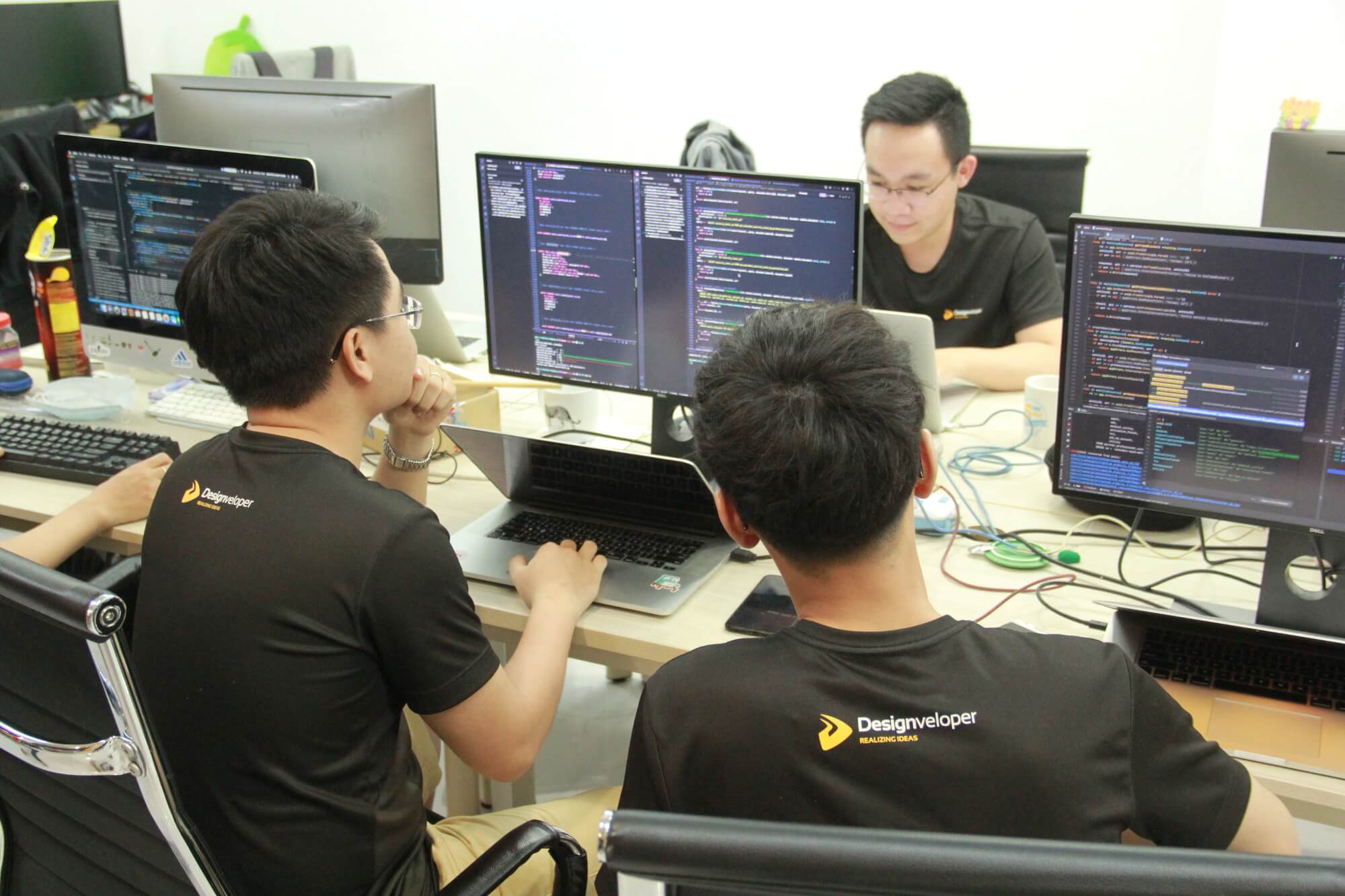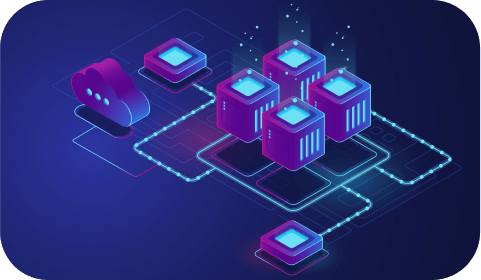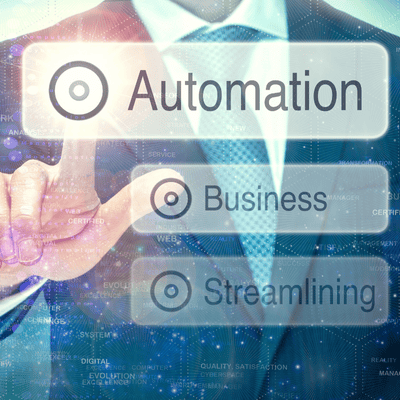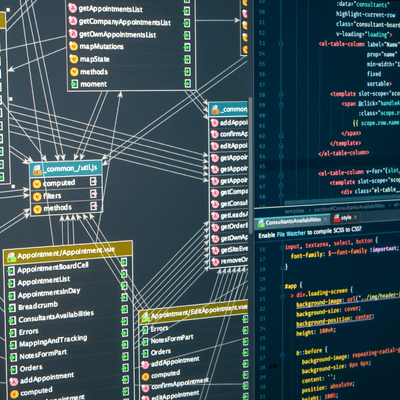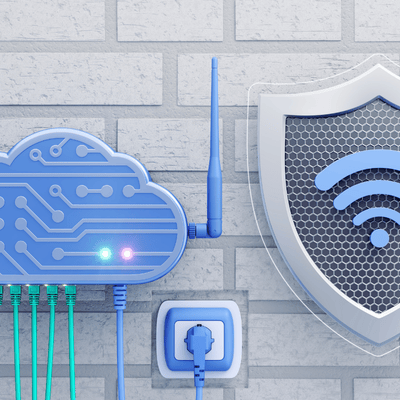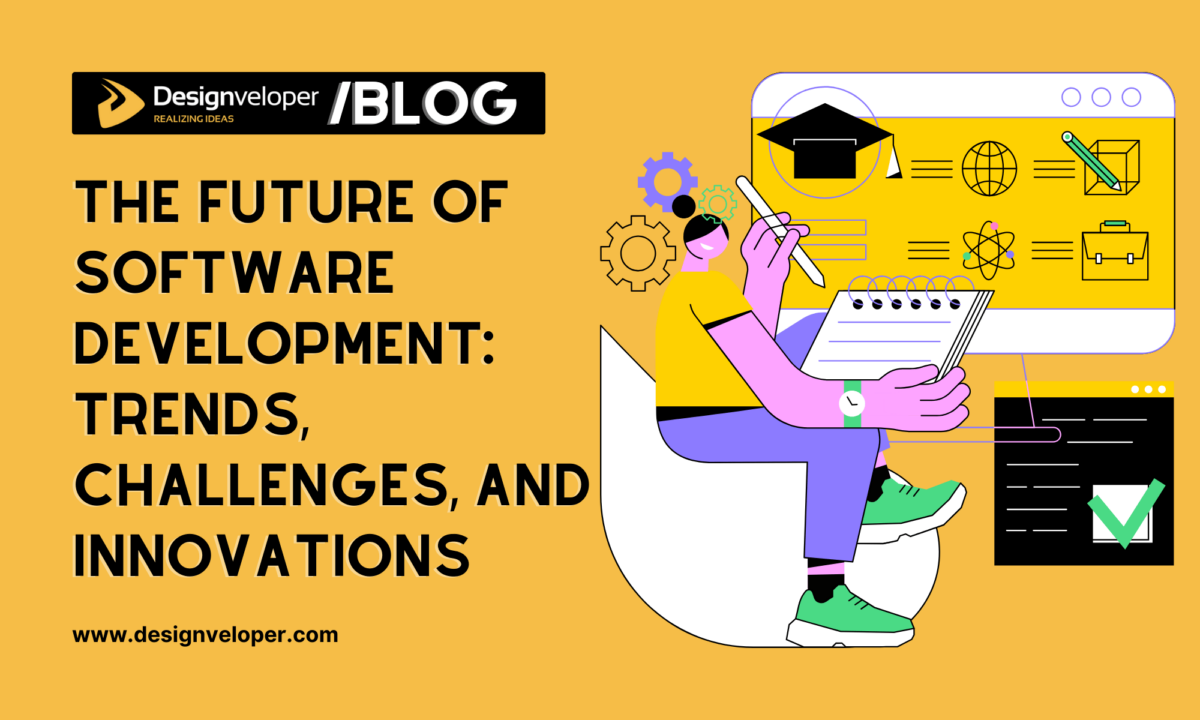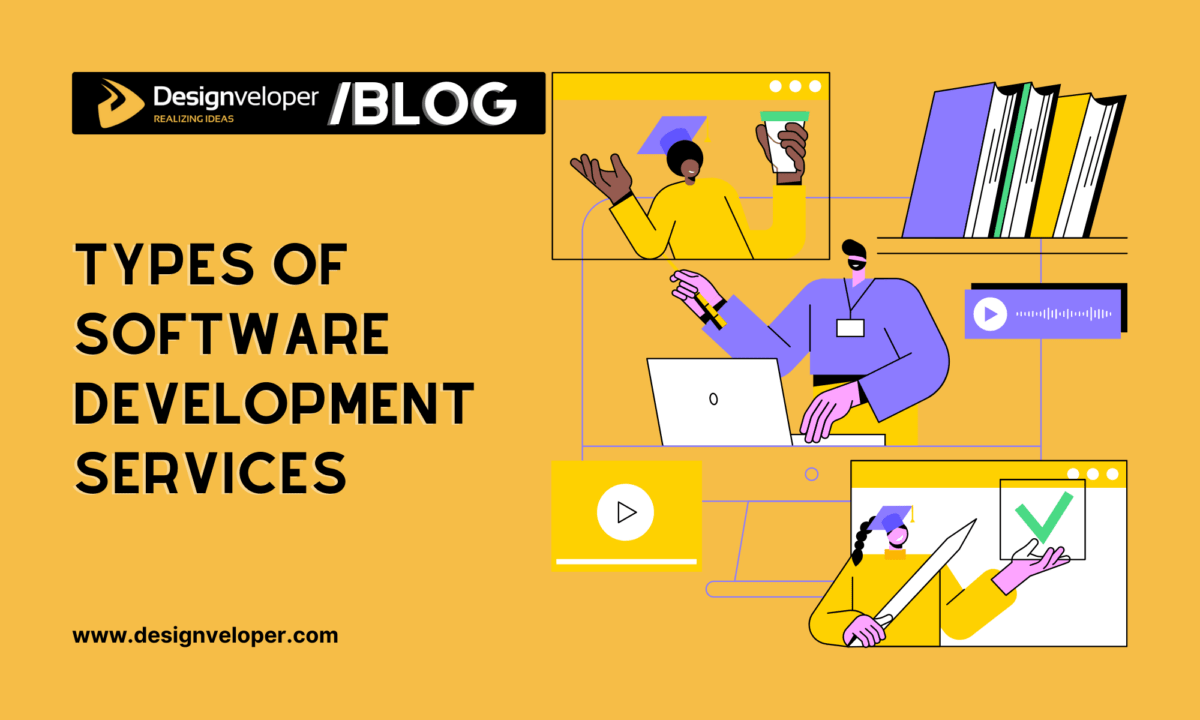The Future of Software Development: Trends, Challenges, and Innovations
April 03, 2025
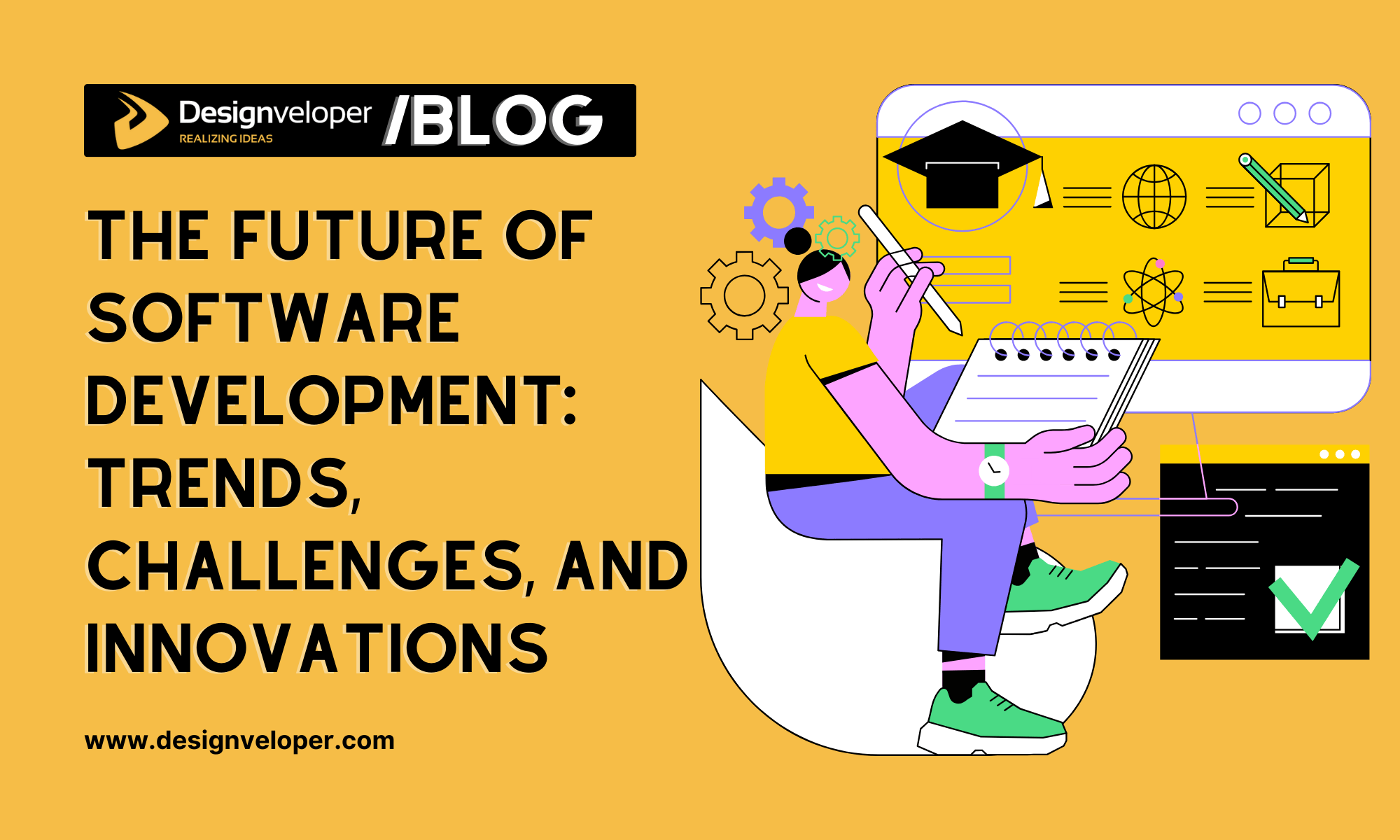

Software development is continuously evolving due to technological innovation, shifting market needs, and new methodologies. Developers need to be ahead of the game in terms of emerging trends to develop efficient, secure, and scalable applications. This article discusses recent trends that are influencing software development, primary challenges faced by developers, and innovations that are transforming the industry. Understanding these factors is essential to navigating the future of software development and staying competitive in an ever-changing landscape.

Key Trends in Software Development
1. AI-Powered Development
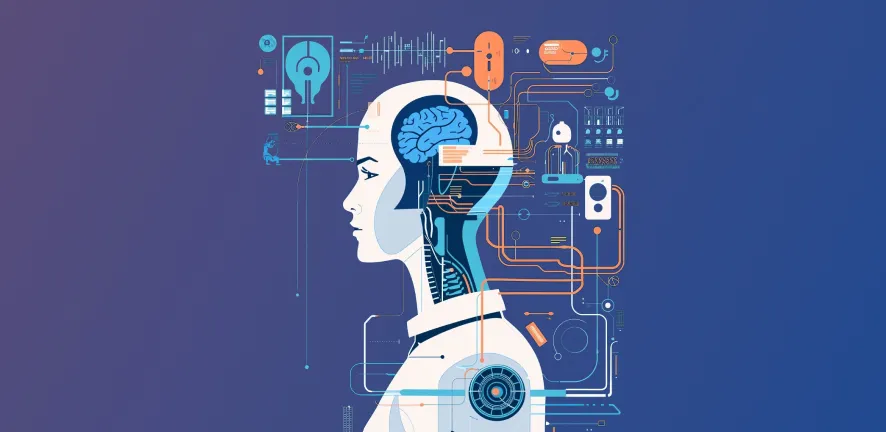
Artificial intelligence (AI) is performing great work in software development as it simplifies repetitive coding tasks, streamlines operations, and improves debugging capabilities. AI-powered tools such as GitHub Copilot and ChatGPT assist developers in writing code faster with less development time but more quality.
2. Low-Code and No-Code Platforms

Low-code and no-code tools are making software development accessible to everyone, including those with little coding skills. Tools such as Bubble and OutSystems empower companies to quickly prototype and deliver solutions, cutting back on reliance on conventional developers and speeding up go-to-market strategies.
3. Blockchain Integration
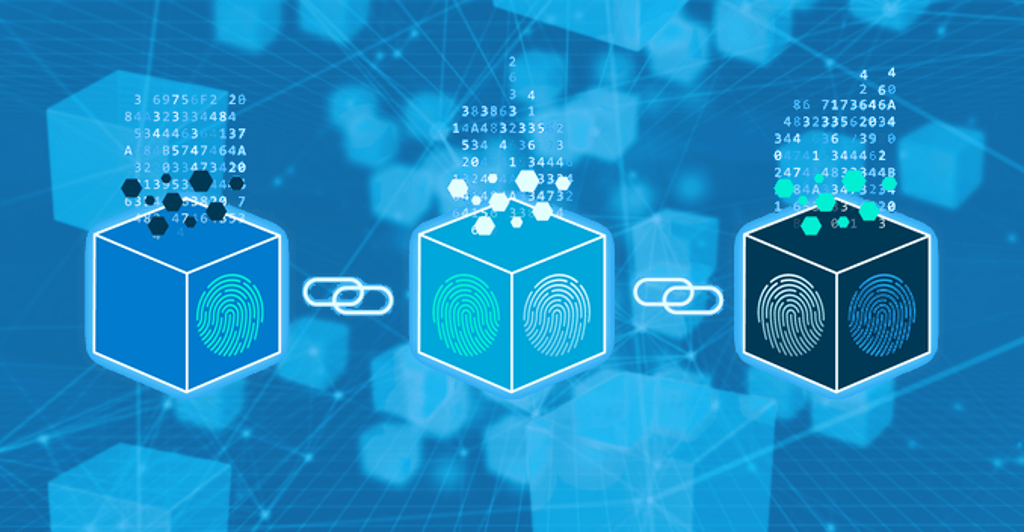
Blockchain technology is picking up pace outside of cryptocurrency usage. Smart contracts and decentralized applications (dApps) are being applied across industries from finance to healthcare. Blockchain provides transparency, security, and integrity in transactions and is thus a key part of contemporary software solutions.
4. Microservices Architecture
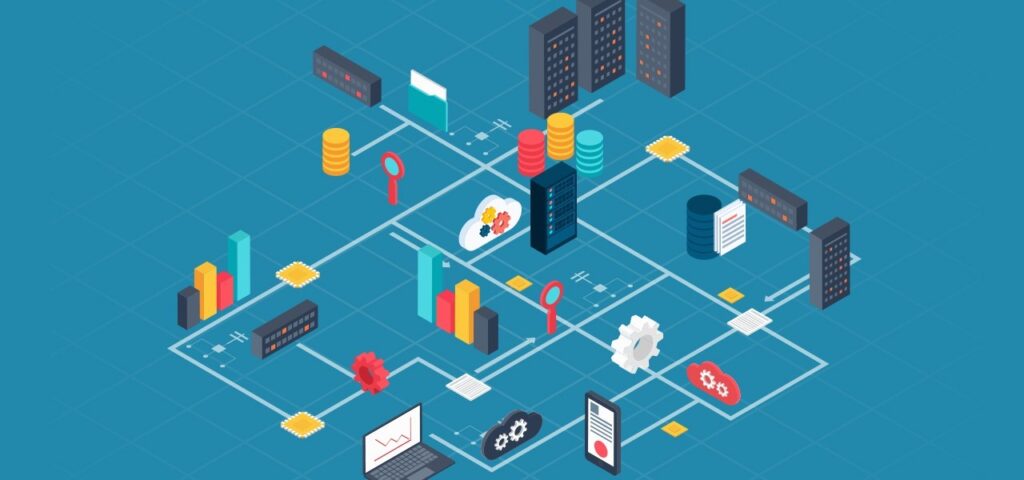
Microservices are now a proven software design pattern for scalable and sustainable software. Unlike monolithic architecture, microservices enable developers to write, deploy, and maintain individual components independently of others. The modular architecture promotes flexibility, fault isolation, and continuous delivery.
5. Progressive Web Applications (PWAs)

PWAs are.ting the face of web development by enabling native app-like experience via web browsers. PWAs offer offline capability, quicker loads, and security. Therefore, companies that shift towards PWAs enjoy the benefit of reduced development costs and increased user interaction.
FURTHER READING: |
1. What is POC in Software? |
2. Top 3 Cutting Edge Technologies in Software Development Today |
3. Software Development's Future in 2025 and Beyond |
Software Development Challenges
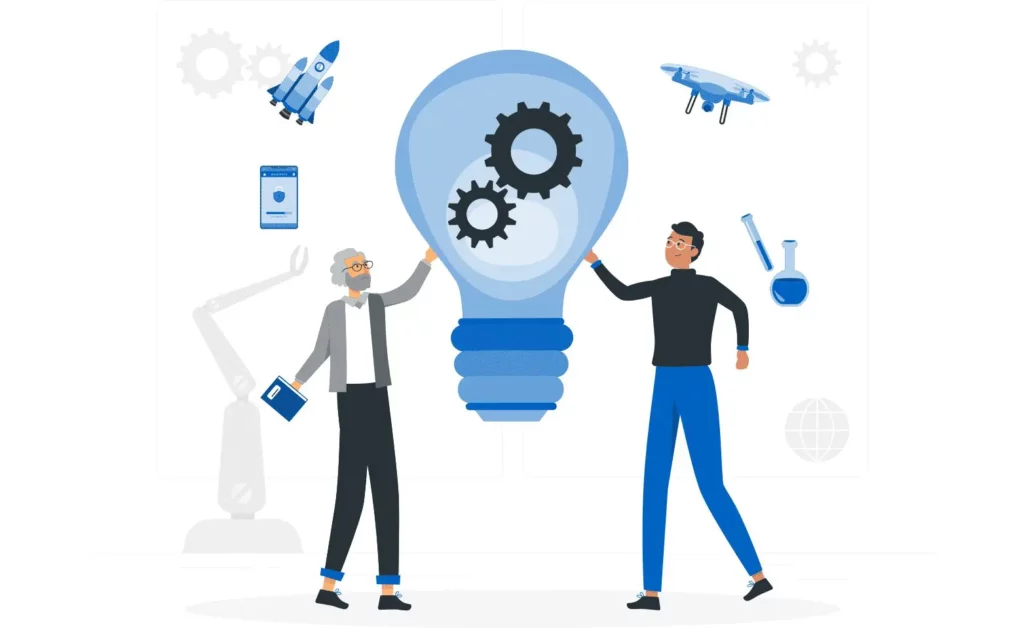
Even with fast growth, software developers are faced with the following challenges:
1. Cybersecurity Threats
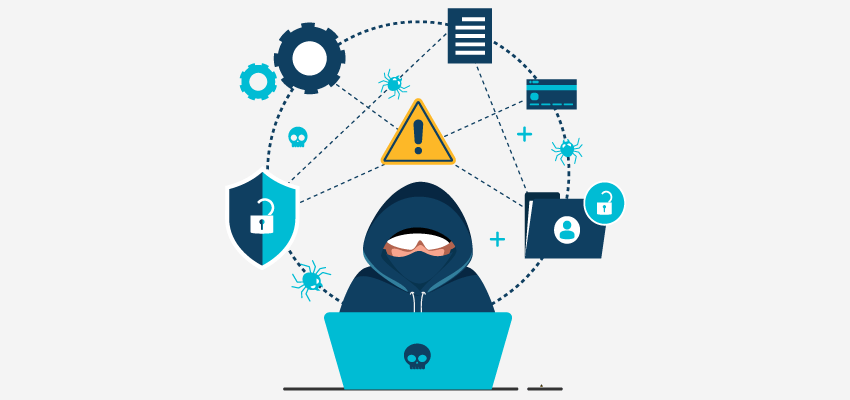
With rising cyberattacks, app security takes priority. Encryption, security scans, and regulation compliance such as GDPR and CCPA must be followed by developers to safeguard user data.
2. Scalability Problems
Developing apps with the ability to receive high traffic without sacrificing performance is a prime concern. By leveraging cloud computing, load balancing, and distributed databases, organizations can effectively resolve scalability issues.
3. Lack of Talent

The need for competent developers exceeds supply, and there is a shortage in the market. Organizations are spending money on training courses and using AI-based development to close the gap.
4. Cross-Platform Compatibility
Getting apps to run smoothly across devices and operating systems demands extensive testing. Cross-platform platforms such as Flutter and React Native enable developers to build comparable user experiences.
Technologies That Will Define Future Software Development

1. Quantum Computing
Quantum computing has the potential to tackle intricate problems that traditional computers are incapable of. Although still in its infancy, tech leaders IBM and Google are busy developing further quantum algorithms that could transform areas like cryptography and data analysis.
2. 5G and Edge Computing
The application of 5G networks and edge computing is speeding up the performance and speed of applications. As a result, edge computing minimizes latency and enhances real-time data processing by running data near the source.
3. Decentralized Finance (DeFi) Applications
DeFi applications are revolutionizing the financial industry by offering decentralized lending, borrowing, and trading services. Consequently, smart contracts are being used by developers to develop transparent and automated financial solutions.
4. Developers’ Monetization Opportunities
As the gig economy grows, developers can tap into new opportunities of making money beyond the conventional line of activity. Websites and apps are passive income sources, and several apps provide access sign up and get money instantly by being part of data-sharing schemes, surveys, and referral schemes.
Conclusion
The world of software development is changing rapidly with the rhythm guided by AI, blockchain, microservices, etc. In light of threats in the form of cybersecurity and the issue of scalability, new innovations are paving the way to security, efficiency, and friendly apps. Developers should stay updated regarding such trends so that they may continue to conduct business and give effective software offerings. Staying informed about these advancements is crucial for navigating the future of software development and ensuring long-term success in the industry.
To learn more about latest development practices, learn about DevOps best practices to improve productivity and collaboration in software development.






Read more topics






















